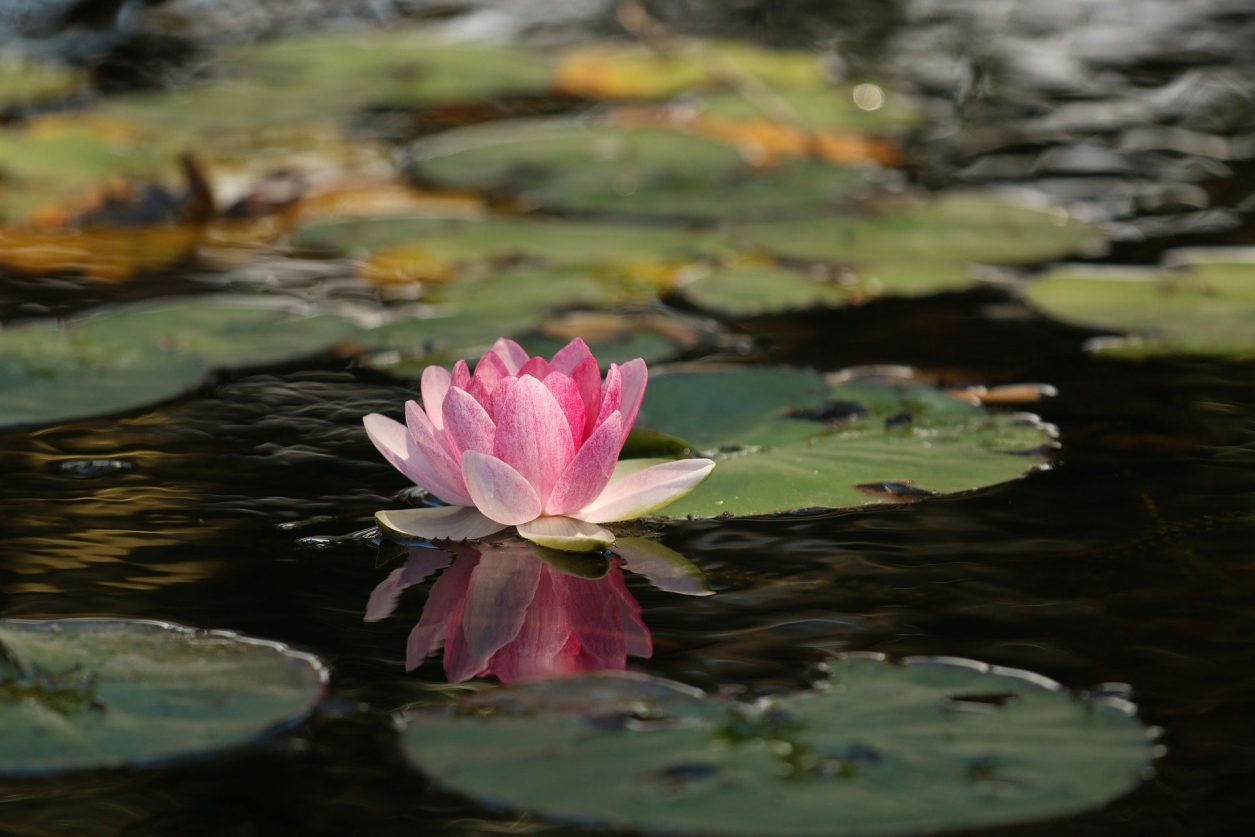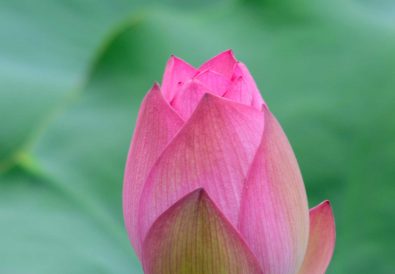Don’t cry because it’s over, smile because it happened. ~ Dr. Seuss Fall has arrived. I’m happy for crisp air and the backdrop of colorful, falling leaves. I imagine that others are happy when seasons change too but it does makes me wonder- What makes people happy? The well-known phrase “Life, Liberty and the pursuit of Happiness” begs the question – is happiness pursued?
“If I get that job or new relationship, then I’ll be happy” are common thoughts. These desires seek happiness out there somewhere. But, all of these external wants don’t make anyone happier – long term. The most current research says that we create happiness. It’s not found. But, is seeking happiness a waste of time? Not exactly. Money or a relationship will bring happiness – temporarily. The happiness high wears off and the search for the next happiness fix begins. Researchers discovered that happiness has a shelf-life.
So, what is the key to happiness? Research says that new-found happiness levels spike then return to an inherited set-point. Some of us have inherited a happier set-point than others. This dictates happiness levels over the course of our lifetime, accounting for about 50% of our total happiness. Only about 10% of happiness is influenced by our environment. Situations and life circumstances have a negligible effect on happiness. The good news is that 40% is left within our control, informed by how we think and what we do daily. We make ourselves more or less happy through our outlook and choices. WE choose happiness.
What are some of the characteristics of happy people? How do they think, behave, and act? Happy people experience distress and unhappiness like everyone else but they bounce back better due to their coping skills and happiness habits.
According to happiness studies, happier people:
- Express gratitude
- Spend time with friends and family
- Are optimistic about the future
- Offer help to others
- Set and commit to goals/ambitions
- Are resilient in the face of crises and challenges, showing good coping skills and positivity
- Exercise on a regular basis; weekly, at most daily
- Live in the present moment and enjoy simple pleasures
Martin Seligman, a professor at the University of Pennsylvania, did a study where he taught a group of severely depressed people a happiness enhancing strategy. They were instructed to do an exercise online to remember and write down three good things that happened to them daily. For example, if a friend called to check in or a neighbor dropped off a meal, they were instructed to write it down. He discovered within 30 days, the participant’s depression lifted from “severely depressed” to “mildly/ moderately depressed”, with 94% experiencing relief. This research has been repeated with similar results. This is one example of research that shows happiness levels are within one’s control.
Here are other ideas to amp up happiness from psychologist Sonja Lyubomirsky, a Stanford University Ph.D. and professor at the University of California, who has spent the majority of her research career studying human happiness:
- Choose a time daily to contemplate your blessings. Reflect on why you are grateful and how your life has been enriched.
- Identify one thing each day that you normally would take for granted and acknowledge it.
- Acknowledge one ungrateful thought each day and substitute a grateful thought. Example: “My sister is inconsiderate” to “My sister was late because of traffic but called.”
- Enlist a family or friend gratitude partner. Share your list of blessings with them so they can encourage or motivate you when you forget or lose energy.
- Introduce a visitor to things, places, and people that you love. This will help your perspective stay fresh by seeing things through someone else’s eyes.
- Express your gratitude directly to someone who has touched your life through a letter, a phone call, or face-to-face encounter.
Lyubomirsky’s research shows that keeping our strategies fresh is key to our success. Over-practicing one technique can become stale and boring so mix it up. Write in a journal daily or weekly. Choose to contact a gratitude buddy. Write a letter. Make a gratitude phone call. Keep it varied. The key to the practice is being consistent and interesting.
So, get started! Get a gratitude journal. Let your practice fit your lifestyle – daily, weekly, or 2-3 times a week. Write at your convenience about events, situations, or people that enhanced your sense of gratitude. Recognize your talents, positive experiences, and opportunities that have presented, and how you seized the moment, no matter how small or seemingly insignificant! Enjoy the process and happy fall!
Milissa Castanza Seymour M.S., is an InnerSoul Coach and multiple certified healing arts practitioner specializing in Stress Management/Well-being for over thirty years. She is a professional, practicing Numerologist helping clients find their soul purpose. Her certifications include: Aromatherapist, Prana Yoga/ IYT Holistic Health Educator, Applied Positive Psychology Practitioner/LifeCoach/ Resilience Trainer, AddHeart Facilitator, Past Life Consulting Hypnotist, Reiki Master Teacher, NYS Licensed teacher, and Chopra Well-being Coach 2022. innersoulcoaching.com.




















